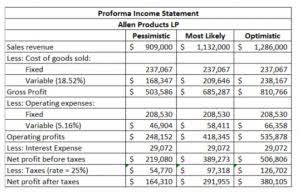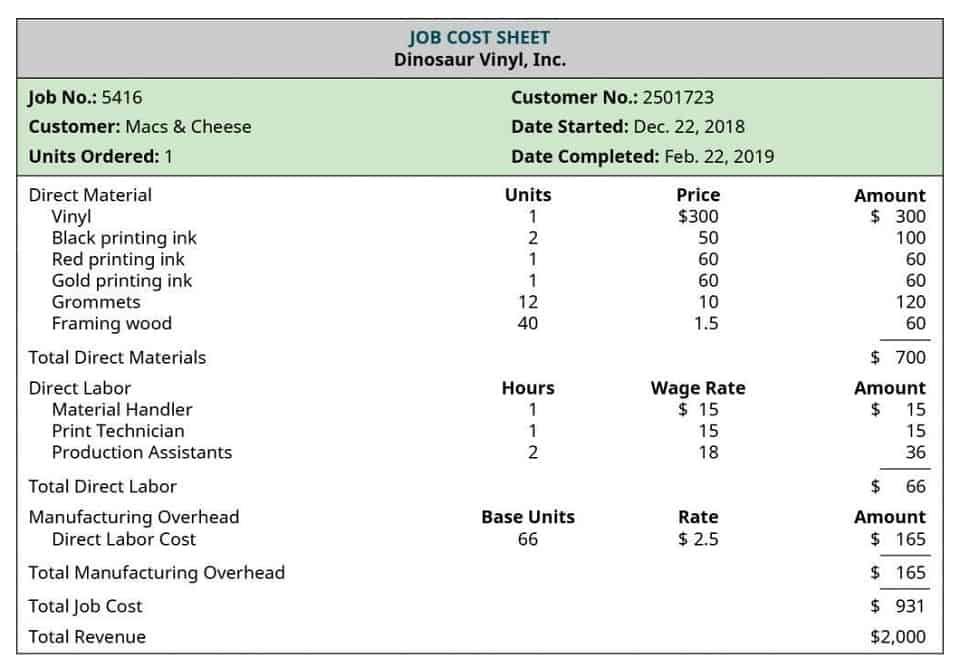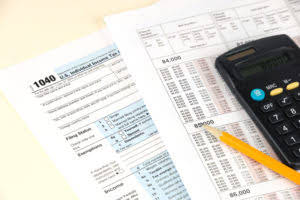
Accounting Equation Overview, Formula, and Examples

The accounting equation is based on the premise that the sum of a company’s assets is equal to its total liabilities and shareholders’ equity. As a core concept in modern accounting, this provides the basis for keeping a company’s books balanced across a given accounting cycle. The accounting equation states that a company’s total assets are equal to the sum of its liabilities and its shareholders’ equity.
Equity and the Expanded Accounting Equation

The more knowledge you have regarding your finances, the more efficiently you can run your business and make profit. When you divide your net income by your sales, you’ll get your business’s profit margin. Your profit margin reports the net income earned on each dollar of sales. A high profit margin indicates a very healthy company, while a low profit margin could suggest that the business does not handle expenses well.
- In other words, we can say that the value of assets in a business is always equal to the sum of the value of liabilities and owner’s equity.
- Alternatively, Edelweiss may be facing business risks or pending litigation that could limit its value.
- While the financial landscape continues to evolve and undergo dynamic changes, a key foundational element that continues to guide accounting processes across industries is the accounting equation.
- A debit refers to an increase in an asset or a decrease in a liability or shareholders’ equity.
- There are many more formulas that you can use, but the eight covered in this article are undoubtedly key for a profitable business.
Debits and Credits in the Accounts
These two components are contributed capital and retained earnings. Buildings, machinery, and land are all considered long-term assets. Machinery is usually specific to a manufacturing company that has a factory producing goods. Unlike other long-term assets such as machinery, buildings, and equipment, land is not depreciated. The process to calculate the loss on land value could be very cumbersome, speculative, and unreliable; therefore, the treatment in accounting is for land to not be depreciated over time. Equipment examples include desks, chairs, and computers; anything that has a long-term value to the company that is used in the office.

What are assets?

Assets are on the left side of the accounting equation.Asset account balances should be on the left side of the accounts. Share repurchases are called treasury stock if the shares are not retired. Treasury stock transactions and cancellations are recorded in retained earnings and paid-in-capital. In this expanded accounting equation, CC, the Contributed Capital or paid-in capital, represents Share Capital.
2 Define and Describe the Expanded Accounting Equation and Its Relationship to Analyzing Transactions
In our examples below, we show how a given transaction affects the accounting equation. We also show how the same transaction affects specific accounts by providing the journal entry that is used to record the transaction in the company’s general ledger. To reduce the normal credit balance in stockholders’ equity accounts, a debit will be needed.
The balance sheet always balances – Asset = Liability + Owner’s equities
- Due within the year, current liabilities on a balance sheet include accounts payable, wages or payroll payable and taxes payable.
- Finally, a corporation is a very common entity form, with its ownership interest being represented by divisible units of ownership called shares of stock.
- Different transactions impact owner’s equity in the expanded accounting equation.
- This means that stockholders’ equity accounts such as Common Stock, Retained Earnings, and M J Smith, Capital should have credit balances.
Stated more technically, retained earnings are a company’s cumulative earnings since the creation of the company minus any dividends that it has declared or paid since its creation. One tricky point standard accounting equation to remember is that retained earnings are not classified as assets. Instead, they are a component of the stockholder’s equity account, placing it on the right side of the accounting equation.
Which financial statement involves all aspects of the accounting equation?
To further illustrate the analysis of transactions and their effects on the basic accounting equation, we will analyze the activities of Metro Courier, Inc., a fictitious corporation. Refer to the chart of accounts illustrated in the previous section. The owner’s investments in the business typically come in the form of common stock and are called contributed capital. There is a hybrid owner’s investment labeled as preferred stock that is a combination of debt and equity (a concept covered in more advanced accounting courses).
Understanding the Accounting Equation Formula
If the left side of the accounting equation (total assets) increases or decreases, the right side (liabilities and equity) also changes in the same direction to balance the equation. As expected, the sum of liabilities and equity is equal to $9350, matching the total value of assets. So, as long as you account for everything correctly, the accounting equation will always balance no matter how many transactions are involved. If the equation is balanced then the financial statement can be prepared. Under the accrual basis of accounting, expenses are matched with revenues on the income statement when the expenses expire or title has transferred to the buyer, rather than at the time when expenses are paid.
Balance Sheet and Income Statement

Let’s move ahead so that you can gain a more detailed understanding of the basic accounting equation and its components. The Accounting Equation is a vital formula to understand and consider when it comes to the financial health of your business. The accounting equation is a factor in almost every aspect of your business accounting. There are different categories of business assets including long-term assets, capital assets, investments and tangible assets. They were acquired by borrowing money from lenders, receiving cash from owners and shareholders or offering goods or services. This is how the accounting equation of Laura’s business looks like after incorporating the effects of all transactions at the end of month 1.
© 2021 Oak Tree. All rights reserved.


Comments are closed.